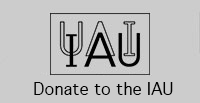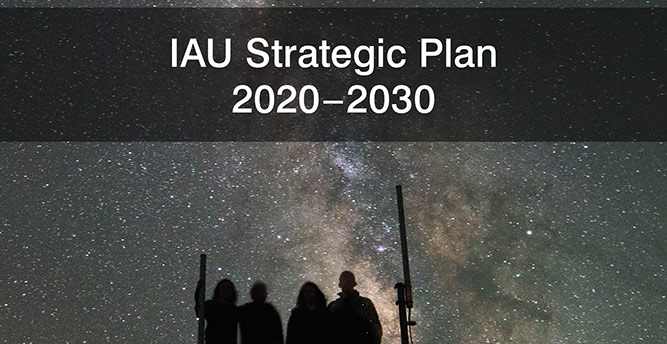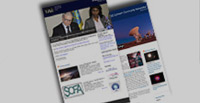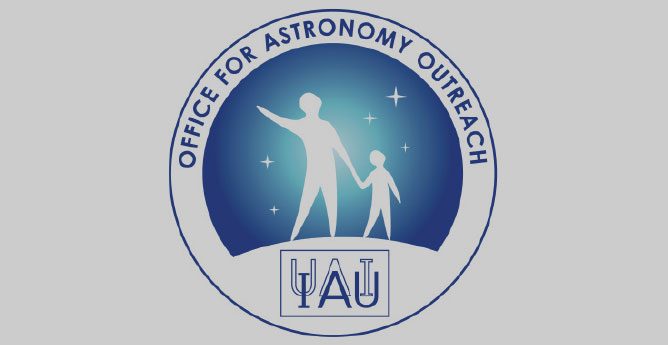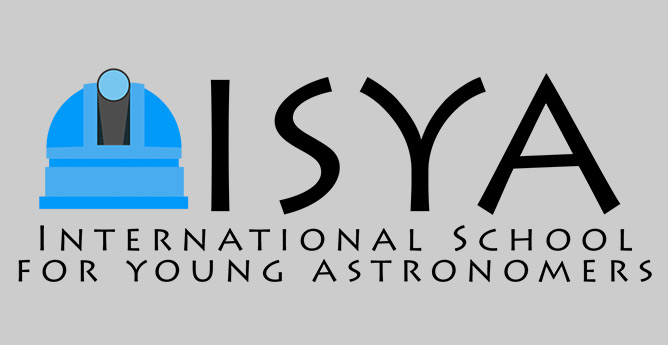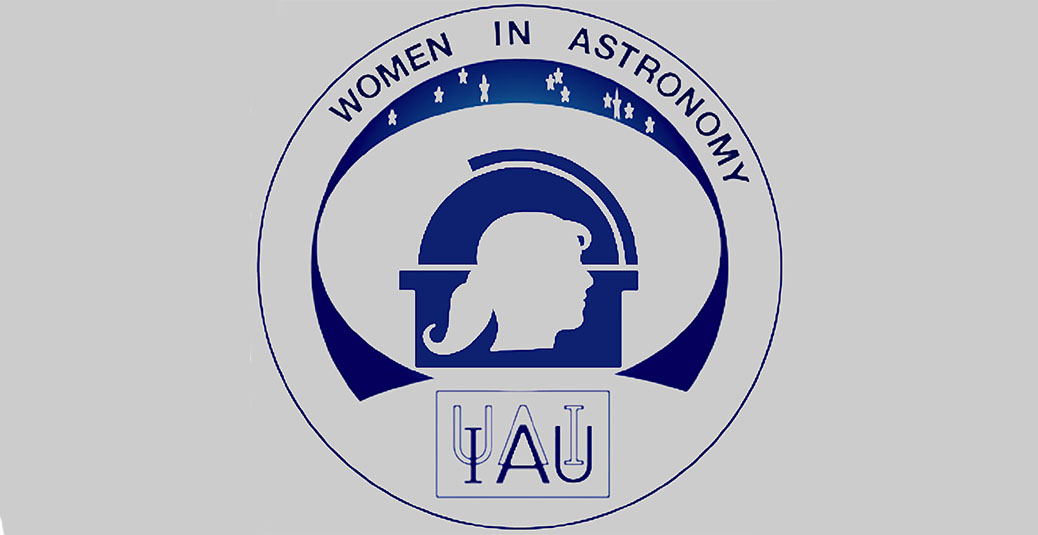- News
- Science
- Scientific Bodies
- Divisions
- Commissions
- Commission A1 Structure
- Commission A2 Structure
- Commission A3 Structure
- Commission A4 Structure
- Commission B1 Structure
- Commission B2 Structure
- Commission B3 Structure
- Commission B4 Structure
- Commission B5 Structure
- Commission B6 Structure
- Commission B7 Structure
- Commission C1 Structure
- Commission C2 Structure
- Commission C3 Structure
- Commission C4 Structure
- Commission C5 Structure
- Commission D1 Structure
- Commission E1 Structure
- Commission E2 Structure
- Commission E3 Structure
- Commission E4 Structure
- Commission F1 Structure
- Commission F2 Structure
- Commission F3 Structure
- Commission F4 Structure
- Commission G1 Structure
- Commission G2 Structure
- Commission G3 Structure
- Commission G4 Structure
- Commission G5 Structure
- Commission H1 Structure
- Commission H2 Structure
- Commission H3 Structure
- Commission H4 Structure
- Commission J1 Structure
- Commission J2 Structure
- Commission J3 Structure
- Commission X1 Structure
- Commission X2 Structure
- Past Commission Organising Committees
- Working Groups
- Centres
- Scientific Meetings
- Rules & Guidelines
- General Assemblies
- Meeting Proposals
- Future IAU Meetings
- General Assemblies
- EC Meetings
- Officers' Meetings
- Regional Meetings
- Symposia
- Focus Meetings
- Institutional Meetings
- IAU Offices Meetings
- IAU-Sponsored Meetings
- Letters of Intent submitted for 2024
- Letters of Intent submitted for 2023
- Letters of Intent submitted for 2022
- Letters of Intent submitted for 2021
- Letters of Intent submitted for 2020
- Past IAU Meetings
- Templates
- Other Meetings
- Grants & Prizes
- Scientific Bodies
- Publications
- IAU Publications
- IAU Strategic Plan
- Symposia
- WGSBN Bulletins
- Regional Meetings
- Information Bulletins/Catalyst
- E-Newsletters
- Focus Meetings
- Transactions A
- Transactions B
- Related Publications
- GA Newspapers
- CAPjournal
- IAU Books
- Brochures
- IAU Offices
- WG Reports
- Commission Reports
- Division Reports
- Past IAU Publications
- Rules, Guidelines and Instructions for Proceedings
- Publishers
- IAU Publications
- Administration
- About the IAU
- Statutes & Rules
- IAU Policies
- IAU Executive Bodies
- IAU Secretariat
- Resolutions
- Members Administration
- Administrative Dates & Deadlines
- International Organisations Relations
- Donate to the IAU
- Training in Astronomy
- Astronomy for Education
- Astronomy for Development
- Astronomy for the Public
- Office for Astronomy Outreach
- FAQ
- Themes
- Satellite Constellations
- Astronomy in Everyday Life
- How to Report a Discovery
- Careers in Astronomy
- Defining our Place in the Cosmos
- The Constellations
- Light Pollution
- Measuring the Universe
- Near Earth Objects
- How to Participate in Astronomy Research
- Naming of Astronomical Objects
- Naming of Exoplanets
- Buying Star Names
- Naming Stars
- Pluto and the Solar System
- IAU Member Statistics
- Our Moon: the Moon
- Meteors & Meteorites: The IAU Definitions of Meteor Terms
- UNESCO-IAU Portal to the Heritage of Astronomy
- Social Media
- Past Events
- Call for Online Resources
- Astronomy@Home Awards
- Contact
IAU Symposia
IAUS 322: The Multi-Messenger Astrophysics of the Galactic Centre
Start date/time
July 18, 2016
End date/time
July 22, 2016
Place
Cairns,
Australia
Contact
Roland Crocker
roland.crocker@anu.edu.au
Event website
Coordinating Division
Division H Interstellar Matter and Local Universe
| Co-Chairs of SOC: | Roland Crocker (Australian National University) |
| Steve Longmore (Liverpool John Moores University) | |
| Sera Markoff (University of Amsterdam) | |
| Tracy Slatyer (Massachusetts Institute of Technology) | |
| Co-Chairs of LOC: | Geoff Bicknell (Australian National University) |
| Roland Crocker (Australian National University) |
Topics
1) Accretion inflow/outflow: approaching the Event Horizon
2) Dense gas in the Galactic Centre and other nuclei and its star formation potential; young and massive stars in the Galactic Centre
3) Nuclear clusters; cluster dynamics; stellar evolution and end products in the crowded Galactic Centre environment
4) Magnetic fields; cosmic ray acceleration, propagation, dynamics and radiation in the Galactic Centre
5) The Galactic Centre’s relation to other galactic nuclei; giant outflows; feedback
6) Dark Matter in the Galactic Centre: indirect signatures, expected distribution, backgrounds, extracting potential signals in a crowded environment
Rationale
Rationale
The Galactic Centre represents a unique and extreme environment in the Galaxy. Hosting the Galaxy’s supermassive black hole, the Milky Way’s most concentrated dense gas reservoir and most extreme star-formation environment, it is the nearest analogue to both an AGN and a starburst system. Definitionally the bottom of the Galaxy's gravitational well, the Galactic Centre should be the region displaying the brightest radiative signature of dark matter decay/annihilation in the Galaxy.
Our understanding of the Galactic Centre and the inner Galaxy is in the throes of a revolution driven by advances in instrumentation and theory. Within the 18 months between now and our proposed Symposium, our view of the Galactic Centre will have significantly clarified, realising the potential of this region to qualify as a laboratory for extreme astrophysics.
• EHT: The Event Horizon Telescope (EHT) project is assembling a high frequency Very Long Baseline Interferometry (VLBI) array that will be able to resolve the nearest supermassive black holes both spatially and temporally. Building upon the successful detection of Schwarzschild radius scale structure in both the SgrA* and Virgo A supermassive black holes, the EHT will be observing by mid-2016 with over seven sites worldwide and deploying ultra-wideband instrumentation to, create a virtual Earth-sized telescope. These developments will result in a sensitivity increase by a factor of 40 over what is now possible, enabling observations to image the 'shadow' cast by the black hole event horizon, and time domain analyses that will trace the dynamics of matter orbits close to the black hole boundary.
• ALMA full operations will have commenced allowing us to resolve the dense gas (i.e., not just CO) structure in nearby galaxies for the first time; there is much insight to be derived from comparing this to the recent wide-area surveys of dense gas in our own GC. In addition, in ALMA Cycle 1 and 2, many projects were awarded time to look at individual dense gas clouds in the CMZ in detail, including Sgr B2 (the most extreme star formation environment in the Galaxy) and clouds with a range of star formation properties. The results from these will be coming out around the time of the conference.
• The first systematic interferometric survey of the dense gas in the CMZ is now being conducted with the Harvard Smithsonian Submillimeter Array. This will provide the first sub-pc (0.05pc = star forming core scale) survey of the region, allowing the predictions of turbulent star formation theories (purporting to explain why the SF is currently suppressed) to be tested. The survey will be finished and first results coming out by the time of the conference.
• The Australia Telescope Compact Array is currently conducting “SWAG” — another dense gas and cm-continuum survey of the entire CMZ led by Juergen Ott. The first results of this will be available by the time of the conference.
• Adam Ginsburg is leading a dedicated APEX survey of the dense gas across the entire CMZ. Again, first results will be available by the time of the conference.
Startling evidence accrued from multi-wavelength, non-thermal data inform us that the Milky Way nucleus hosts giant outflows that carry gas, cosmic rays and magnetic fields 8 kpc into the Galactic halo. The origin of these ‘Fermi Bubbles’ remains controversial but, whatever agent is ultimately responsible for them, they constitute the closest example we can point to of nuclear activity ‘feeding-back’ to galactic scales.
From small to large scales around the SMBH, gamma-ray data continue to provide surprises and mysteries; indeed, a strong spectral signal consistent with annihilation of 10 GeV-scale WIMP dark matter particles peaking towards the Galactic Centre continues to draw attention. Yet because this is a crowded and unique environment within the Galaxy, we cannot dismiss the prospect that some hitherto underappreciated process or type of ‘conventional’ source is ultimately responsible for this and other anomalous signals. One significant priority of this meeting will be to facilitate direct discussion between the community of researchers working on Dark Matter interpretations of the Fermi spectral anomaly (amongst other promising signals) and those who work on understanding the ‘conventional’ astrophysics of the region.
In this Symposium, we also want to set priorities for further observational and theoretical efforts: our community needs to get to the nub of where our ignorance is most holding us back currently.
As listed above, we have chosen 7 broad, interwoven themes for the Symposium. Through discussions and presentations, we will explore how these different phenomena, acting on different spatial and temporal scales, fit together in a holistic picture. For example, how does star formation inhibit the amount of gas that gets on to the black hole? Conversely, does AGN activity suppress or enhance gas inflow and star formation? Does the highly pressurized and tidally disturbed nature of the ISM affect the formation of stars and clusters? Are the observed giant outflows AGN or star-formation-driven?
This Symposium would build on the history within the Galactic Centre of holding regular international meetings (Japan (1997), Chile (1996), USA (1998), USA/Pacific (2002), Germany (2006), China (2009), and USA (2013)), but it would represent the first time the meeting has come to Australia. Note, though, that the Cairns region has already hosted one large IAU meeting (IAUC 163, Accretion Phenomena and Related Outflows, Port Douglas 1996).
In addition to the 4 SOC chairs nominated above, we have assembled the following SOC:
5. Felix Aharonian [Ireland]
6. Geoff Bicknell [Australia]
7. Shep Doeleman [US]
8. Katia Ferriere [France]
9. Yasuo Fukui [Japan]
10. Andrea Ghez [US]
11. Stefan Gillessen [Germany]
12. Luis Ho [China]
13. Cornelia Lang [US]
14. Naomi McClure-Griffiths [Australia]
15. Jill Rathborne [Australia]
16. Thaisa Storchi-Bergmann [Brasil]
17. Feng Yuan [China]
18. Gabrijela Zaharijas [Italy]
We are pleased to report that our SOC achieves gender parity.
